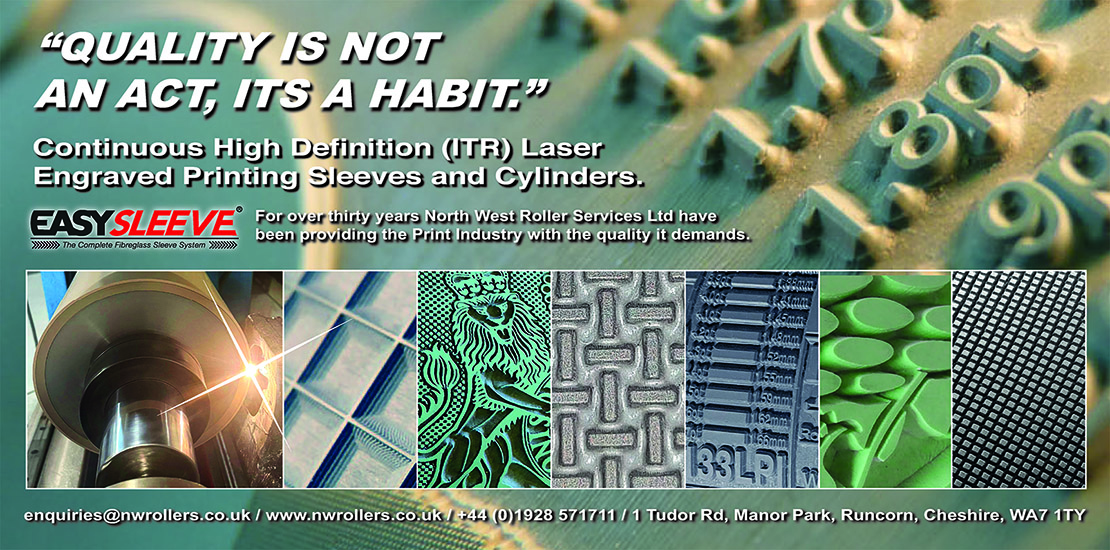- 10 July 2023
- Posted by: thisworksadmin
- Categories: ITR Laser Engraving, Latest News, Rubber Covered Rollers

There’s some controversy over who actually invented the first laser.
In 1960 Theodore Maiman invented the first ruby laser, which is widely considered to be the first viable optical laser. However, Gordon Gould is credited as the first person to use the word “laser,” and some believe he invented the first light laser. Gould devised his invention in 1958 but failed to file for a patent until 1959; as a result, his patent application was rejected and other companies swooped in to exploit the technology. (Gould finally won his patent war in 1977.)
In any case, between 1959 and 1960, the optical laser was born, and a new industry was waiting in the wings. But what, exactly, is a laser? The device itself has not changed much since its invention nearly 50 years ago. A laser (the CO2 variety so popular today) is basically a tube with mirrors at both ends, filled with a mixture of gases (most often nitrogen, helium, and carbon dioxide). When electric energy is applied to the gas-filled tube, it excites the gas molecules, which vibrate and emit light that bounces back and forth between the two mirrors. To use this energy, some of the light is allowed to escape at one end of the tube, thanks to the use of a semi-transmissive mirror, which reflects most of the light toward the other mirror while permitting some light to escape. This small portion of light then passes through a lens where it is narrowed and focused into an intense, pinpoint-sized spot of light or laser energy.
The most common form of laser used by engravers today is the CO2 laser, which uses a mixture of carbon-dioxide and other gases to produce long-wave infrared light. CO2 lasers work well in engraving and cutting materials that are poor conductors of heat and/or electricity (wood, glass, plastic, ceramic, rubber etc.).
North West Rollers have harnessed this technology to produce a wide range of laser engraved sleeves and cylinders from Flexographic Packaging, Wallpapers, Security Print, Application and Furnishing Rollers, Draw Rollers, Heat Seal, Spreader, Chevron and Rewind Rollers, Embossing and Rubber Anilox and many more.
